The Reflorb® is a new type of acoustic panel that both absorbs and reflects sound energy from the same surface. The balance and crossover between absorption and reflection has been tested, evaluated and refined for years in several different environments and musical situations. The notably spherical reflections comes from the disordered organic shape that is inspired by nature, and every unit differs slightly. Most common traditional diffusors only spread sound energy in one plane, resulting in phase issues such as comb filtering in the near field of at least one meter. The Reflorb reflects the sound energy spherically without any kind of comb filtering or phase issues, therefore you have a focused sound field all the way up to the surface of the panel. The Reflorb also evens out climate changes in small rooms by the ability of slowly absorbing and release excess moisture and heat, which helps you to stay focused during longer periods of time.
The absorption comes from Helmholtz technique (the holes in the panel), and the peak absorption frequency is determined by the volume and depth of a cavity behind the Reflorb. As the Reflorb is mounted loose in a frame it also behaves as a membrane absorber with a self-resonance between 45 – 65 Hz. Due to it’s high density and weight it affects the low frequencies even without cavities behind the panel. The Reflorb is made out of concrete, casted in dynamic moulds that makes each panel unique and under the advanced process becomes a very strong and high density material, with recycled industrial felt integrated to the backside of the panel.
The Reflorbs are supposed to be installed in a frame that can be attached to or integrated into a wall, or positioned in a mobile floor stand. If you work in a temporary place you may also just lean the Reflorbs against a wall with good results as well. Since the Reflorbs are loose mounted they don’t become a part of the room, – if you have to move you can easily bring them along to your new facility.
Accurate measuring of absorption coefficient was made at the Royal institute of technology by Tyréns who also did the advanced reflection measuring in open field with Iris.2 system.
